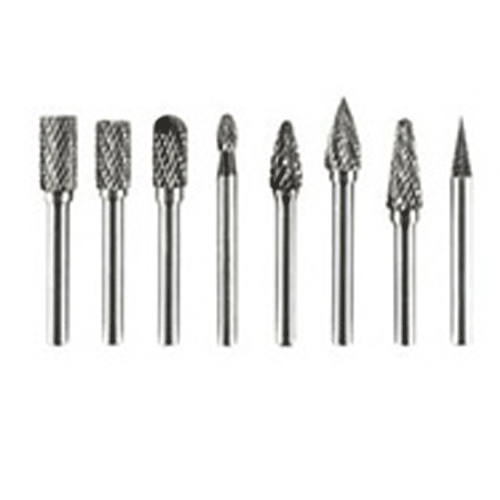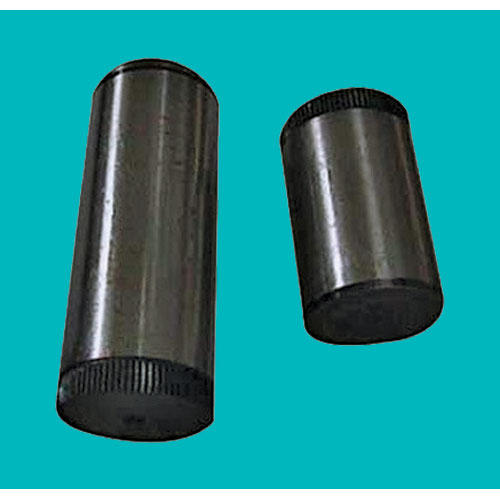Schedule a Call Back
The vision for a new Indian supply chain
 Articles
Articles- Jan 03,22

In his speech on the 14th May 2020, PM Modi spoke about ‘localisation’. Localisation, as meant by the PM is, I think, that companies should become confident in developing good products for local markets. I think most Indian exporters, especially from the MSME sector, resort to exports mainly to arbitrage costs. This should change. Quality must become the prime focus. R&D should get indigenised. We need more Aryabhattas and Dhanvantaris. This is what Japan did in the 1950’s, when they learnt from Dr Edwards Deming. Second, what the PM is saying is that make good quality stuff and learn to market them based on being vocal about them – which is, to support them through well designed ads and sales campaigns which can compete in the international arena.
I think the idea is about creating a positive, quality driven, culture which will improve the living standards of Indians and will provide self-confidence and self-respect, two commodities which are currently lacking in several Indian export-oriented firms, specifically, and in many ‘educated’ Indians, in general.
How will technology help in the scenario envisaged by the PM
Technology will address many new paradigms. Industry 4.0 will address, to begin with, productivity. There has been a slowdown in global productivity indices, and hence a new thrust is needed in this area. Second, improved quality of goods for mass customisation, ‘the batch size of ONE’, types of paradigms have to be put into practice more rigorously. Improved productivity and better quality will enable companies to improve their price lines, leading to higher profits, which will support a higher profit regime for MSME suppliers. Third, responsive and agile supply chains will need to be sharpened, which can be done only through big data usage, cloud computing, AI and IOT.
These technologies need to be integrated and run in a holistic, co-ordinated manner for long term gains. Fourthly, the jump in productivity will lead to additional funds which companies can put back into CSR and environmental sustenance activities, which will, at some point, themselves become profit generating, just as, the misconception about quality being a cost ineffective parameter was removed by the theories of Dr Deming, Shewhart, Crosby, Ishikawa, Juran and Kano.
Effect of Industry 4.0 on warehousing in India
Warehouses will be the new profit centres. No more will they be treated as a small part of a even smaller department. The transactional nature of warehousing will change to strategic. How? Warehouses will become the key launch points for delivering on the strategic promise to run responsive and agile supply chains. Parameters like speedy retrieval time, quality storage, loop-in/ loop-out storage usage, automated picking, entry registration and account keeping, will all become the new work methods.
Obviously, these activities will call for higher skills, more familiarity with the Industry 4.0 types of technologies, and flexible usage of technology options. In view of the growth of the online retail industry, and online usage by manufacturing companies, there will be a huge increase in the number of products to be handled by warehouses. Not only that, the online nature could lead to larger volumes. Both these trends will demand larger sized warehouses, perhaps fewer, but more nimble and highly automated. Warehouses may have to segment themselves in terms or the items they are willing to handle. For example, one could have electronics warehouses, grocery warehouses, or some combinations of a few categories. Those which also can offer cold chain facilities can expect more profitable business. Overall, the future is warehouse positive.
What are the lessons to be learnt from the pandemic?
There are not one, but several lessons to be learnt from the pandemic. First and foremost, be prepared to face a ‘cataclysmic change’ once every five years. This could have implications for shortening the strategy horizons. One will see more of ‘horizon planning’ as a major part of strategic planning of supply chains, wherein, a company will define five-year periods as the basic steps in the strategy ladder. Only if that step is crossed, can the company expect to go to the next step.
Second, ‘safety buffers’ or ‘corona buffers’ will become the norm. Companies should be allowed to setoff monies against the ‘corona fund’, which should become a part of the ‘reserves’. Some other incentives can also be thought of.
Third, resilience is a good word, and must become more prevalent in the business lexicon, and should be added in contracts as a special clause. Inclusion of the ‘resilience’ clause can make companies more aware of the disastrous effects of force majeure (FM). Currently, while all contracts contain the FM clause, hardly any attention is paid to it. In future, contracts may include an amount to separately paid out as ‘resilience payments’, which will be returned to the supplier by the buyer, if there is no FM incident. Such a clause will enable companies to change their attitude towards FM, may make them keep buffer stocks, and enable faster ramping up post the FM event. This is a positive, active response towards FM, unlike the current ‘we will cross the bridge when we come to it’ attitude.
The corona virus is now on the rampage, and will create further havoc before subsiding. But its effects will be felt for a long time. The new normal is to plan for the so-far-unplannable, which was generally brushed under the carpet as FM. Many FM instances in the past have lasted for short periods, barring some significant ones in the early years of the 20th century. And the way to plan for them was to have a clause in the contract about the fact that all things in the contract will stand suspended during the FM. The expectation was that the FM would be a short term, localised event, whose effects can be addressed in the short term itself. Long-term, it would be business as usual.
Globalisation, which spawned huge geographically spread supply chains, was the new normal, some twenty years back. With this, buyers became dependent on suppliers in foreign lands, and, consequently, the export – import regimes became a key factor to be dealt with. However, COVID has raised questions about the sustainability and even the short-term functioning of such arrangements. In its wake, several restrictions have sprung up on the import & export of goods. To address these impositions, buyers have had to hastily develop local sources. This could become the norm, in order to improve the resilience of the supply chain. While companies may get back to multiple sourcing, but this time the reason will be improved resilience rather than low cost. I think this may lead to a ‘cost – resilience’ equation, which will ease off on cost, which is where the opportunity to improve margins exist.
Thus, one expects the Indian industry to respond on multiple fronts positively, and the recent announcements by the finance minister will add further fillip to the design of a new supply chain. It is significant to note that the PM mentioned the words ‘supply chain’ several times in his speech.
About the author: R Jayaraman is the Head, Capstone Projects, at Bhavan's S P Jain Institute of Management & Research (SPJIMR). He has worked in several capacities in the Indian industry, including Tata Steel, for over 30 years. He has authored more than 60 papers in academic and techno economic journals in India and abroad. Jayaraman is also a qualified and trained Malcolm Baldrige and EFQM Business Model Lead Assessor.
Related Stories

Flytta Launches India’s First Retrofitted Electric Truck for the Heavy-Duty Segment
The first fleet has already commenced operations, with Flytta planning to deploy nearly 200 retrofitted EV trucks in the coming months.
Read more
Crown Worldwide Group expands India footprint with new logistics facility
Crown Worldwide Group inaugurated a 76,000 sq. ft. EDGE-certified logistics and storage facility in Bengaluru, reinforcing its India growth strategy.
Read moreAre IIOT sales strategies holding up adoption of Industry 4.0 in manufacturing?
As Industry 4.0 matures, Industrial IOT (IIOT) platforms will be the backbone of digital transformation. But adoption depends as much on how they are sold as on what they deliver, write R Jayaraman ..
Read moreRelated Products

Carbide Burrs
SRT Industrial Tools & Equipments offers a wide range of carbide burrs.

Jamshedji Soil Compactor
Jamshedji Constro Equip Pvt Ltd offers a wide range of jamshedji soil compactor.

Ground Pins
Hans Machineries Private Limited offers a wide range of pins, hardened & ground. Read more
















